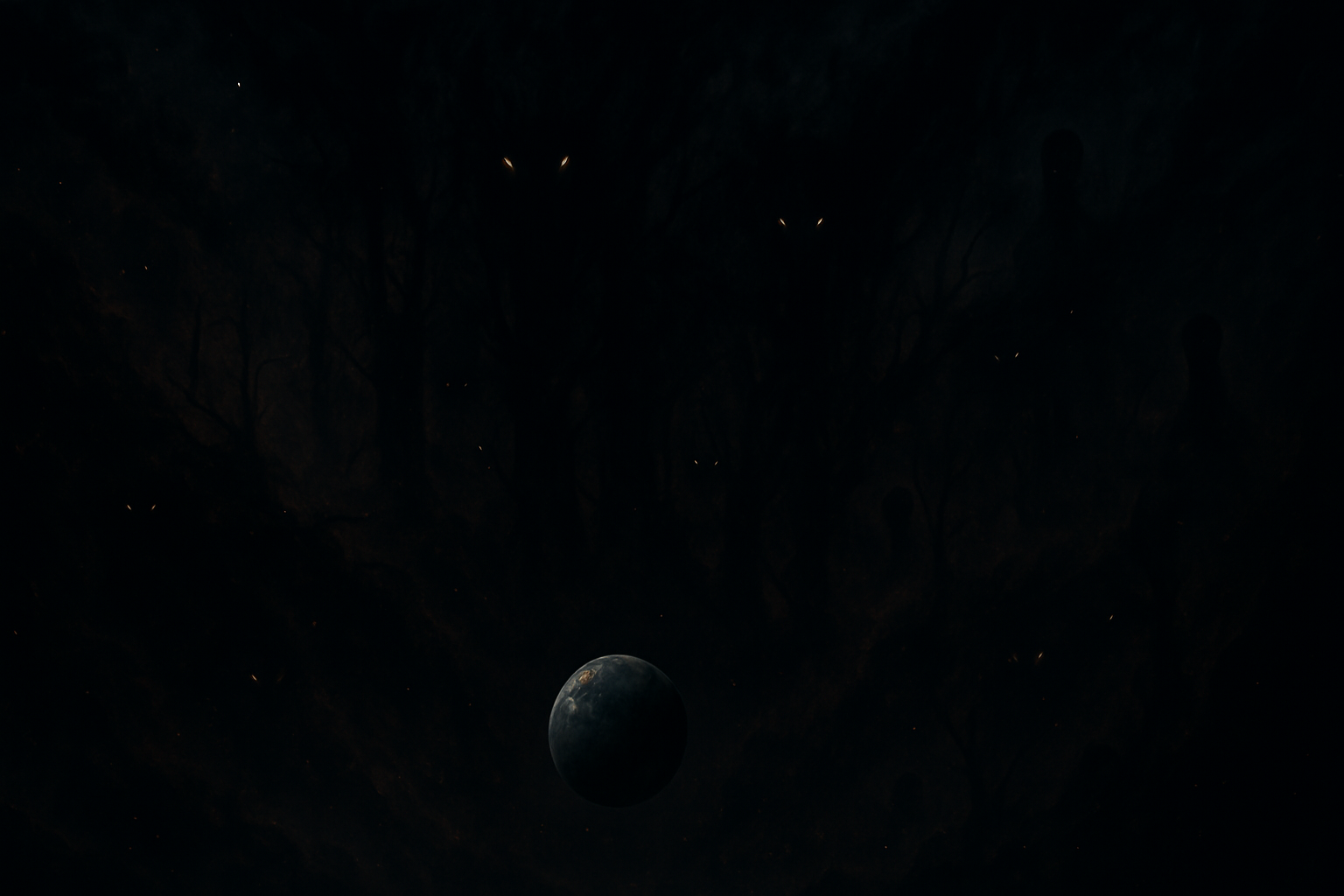By Flashpoint News
April 07, 2025
Once confined to the world of fantasy, direwolves—the massive, prehistoric cousins of modern wolves—have now been brought back to life. In a groundbreaking interview on The Joe Rogan Experience, Ben Lamm, founder of biotech company Colossal Biosciences, revealed that his team has successfully created real, living direwolves, and they’re growing fast on a private 2,000-acre preserve in the northern United States.
A Sci-Fi Dream Turned Scientific Reality
What started as a bold vision to bridge science fiction with conservation has become one of the most ambitious genetic engineering feats ever achieved. Inspired by fantasy franchises like Game of Thrones, Colossal sought to bring back the direwolf—not just as a stunt, but as a means to inspire interest in science, conservation, and the possibilities of de-extinction.
But this wasn’t about just recreating any ancient animal. The direwolf went extinct approximately 12,000 years ago, alongside other megafauna during the last Ice Age. Colossal aimed to go beyond fossils and skeletal reconstructions by using genomic sequencing to resurrect a creature that no human has seen or heard in millennia.
It All Started With a Tooth
Most direwolf remains are unusable due to heat and acid damage over time. However, a team of researchers led by Beth Shapiro, Colossal’s Chief Science Officer, sequenced a 13,000-year-old tooth found in a cave. Initially, they were only able to recover 15% of the genome—not enough to reconstruct the species.
But with permission to extract DNA from a dense Petrus bone inside a 70,000-year-old skull, the team struck gold. By combining samples, they achieved 13–14x genome coverage, sufficient to begin rebuilding the direwolf’s DNA blueprint.
Enter Romulus, Remus, and Khesi
Today, three direwolves roam the company’s ecological preserve—Romulus, Remus, and the recently added female, Khesi, named in tribute to Game of Thrones author George R. R. Martin, who is also an investor in Colossal.
At only five months old, these animals already weigh around 80 pounds and measure over five feet long. Adult direwolves are expected to grow significantly larger and thicker than modern wolves, with researchers noting polar bear-like fur, thick skulls, and pronounced manes. Their genome even confirmed something surprising: direwolves were likely white-coated Arctic hunters, not reddish-brown as previously speculated.
More Than Cloning—This Is Engineering
Colossal isn’t just replicating ancient DNA. They’re building new biotech platforms capable of analyzing, editing, and applying advanced AI tools for genomic reconstruction. These tools were open-sourced to help with conservation efforts while also being spun out commercially to solve human health problems.
According to Lamm, “We didn’t just want to play God—we wanted to solve problems.” The team sees themselves not as mad scientists, but as futurists who believe humans have already disrupted nature—so why not use our power to repair or even revive what we’ve lost?
A Life (Almost) in the Wild
The direwolves are not being released into the wild—yet. For now, they live in seclusion with 24/7 care, access to a private animal hospital, and extensive security to prevent public intrusion. The animals are still learning behaviors like hunting. They’re being fed bison and horse meat, and carcasses are being gradually introduced to build natural instincts.
“We want them to live seemingly wild lives,” said Lamm. “We’re not making zoo animals—we’re building a functional social pack to understand how these creatures lived, hunted, and behaved.”
The Implications: Conservation or Controversy?
As expected, critics have asked the big questions: Are they playing God? Are we ready to handle the ethical and environmental consequences of de-extinction?
Lamm’s answer: We already interfere with nature every day. From deforestation to species eradication, humans have shaped ecosystems for centuries. Now, science may offer a way to reverse some of that damage.
The implications are staggering. With similar projects underway—including the potential resurrection of the woolly mammoth—Colossal is at the forefront of a genomic revolution that could change the way we think about extinction, ecology, and even evolution itself.
Final Howl
In a world where nature’s most majestic predators have disappeared, the direwolf’s return marks not just a triumph of technology, but a powerful reminder: with the right blend of curiosity, science, and care, the impossible might not be so impossible after all.
And yes, they really do howl—just ask Peter Jackson, who cried the first time he heard one.
🔗 Maybe you also like:
- Secret Pyramid Power Grid? The Controversial Discovery Shaking Archaeology
- The Rise of AI Art: How Artists Like Hayao Miyazaki Are Pushing Back
- Viral Boat Confrontation in Florida Sparks Outrage and Investigation
Follow me on X, YouTube,
Pinterest , Facebook
Threads and Instagram
For more updates visit: flashpointnews.com.br



5 thoughts on “Scientists Have Cloned Real Dire wolves—And They’re Alive Today”